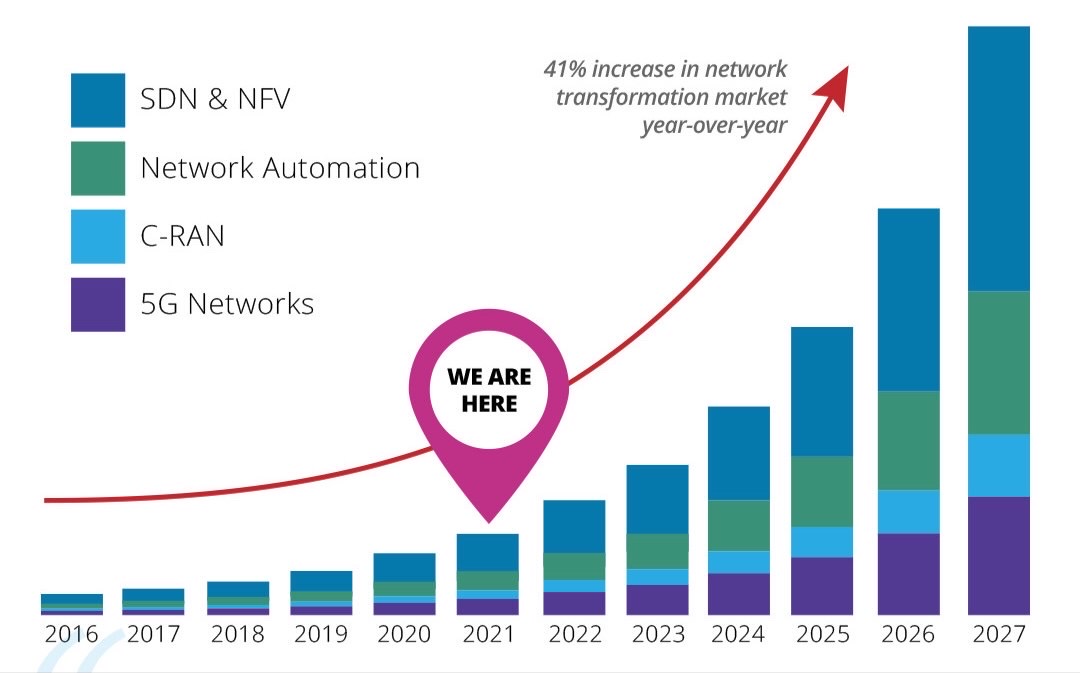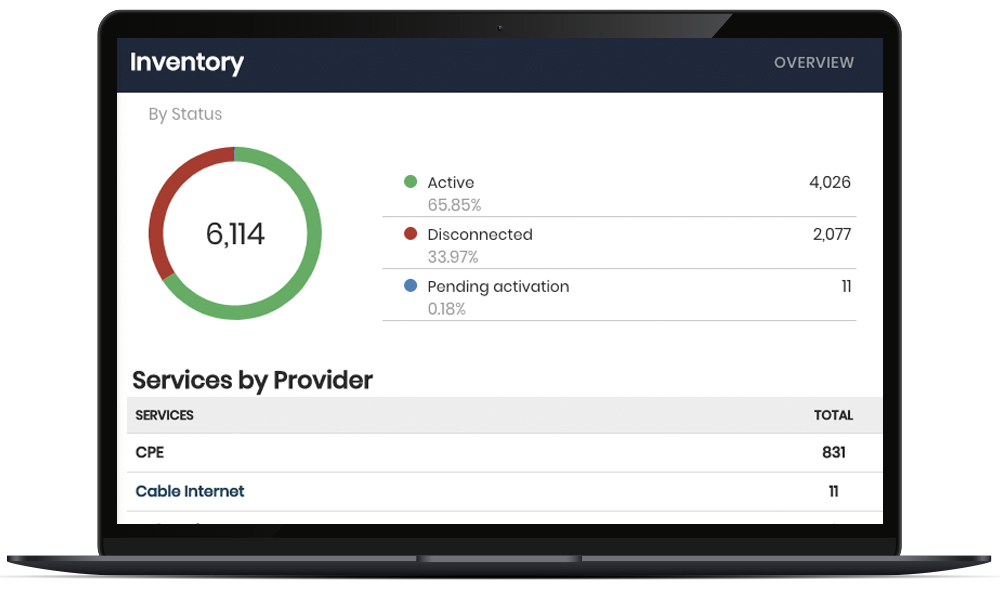Intro
Advancements in IT are accelerating at a rapid pace and investing in new IT solutions is no longer an option, it is a necessity. Much like Darwin’s observations on evolution, new IT solutions for telecom management are driving survival of the fittest among organizations. Those best adapted to their environment will continue to thrive into the future.
Many large enterprises are still using antiquated and expensive services at the core of their network. These services could be voice calls over TDM that could be migrated to VOIP calling over SIP Signaling. This is taking the physical circuit-switched infrastructure and changing it to a packet-switched infrastructure. Another example of this is companies still relying on ISDN BRIs for voice-grade telephone service with limited B channels and not enough bandwidth to have multiple calls and data applications running simultaneously. There are a lot of ways old networks are potential problems.
While cloud-based networking can provide tremendous benefits, there are some critical questions to consider before undertaking a transformation. Just having a plan often isn’t enough. The first question a Telecom Admin or Operator should be asking themselves, “Is my network up to the task?”.

Consider the customer and end-user impact
Imagine the lost business opportunity if your customers cannot interact with your staff or your employees cannot properly engage with their customers. Or think about the amount of wasteful spending you could potentially be dealing with by relying on older and no longer incentivized or contracted telecom platforms. There are many angles to look at when it comes to why you should be thinking about network transformations, expenses and revenue are just one aspect. Perhaps the need to prioritize traffic by type and to provide error-correcting technologies that deliver a better user experience is another.
Legacy WANs are not architected to support today’s business such as the workforce moving to a work from home model. Work from home has become a necessity for many organizations since the pandemic began, and for some has permanently altered their structure. This trend continues to upset enterprise network traffic patterns and businesses with traditional WAN networks have struggled to scale their VPNs to accurately support their users. Organizations need to evaluate their network for ongoing needs as well as supporting new technologies such as digital cloud.
Know when to begin and what drives the transformation
How does your company know when to start a network transformation? If you’re struggling to meet the demands of your customers or already experiencing customer churn, then it is critical to start evaluating your network infrastructure. There may be financial factors as well. Are your current network limitations impacting revenue or are you looking for ways to optimize their topology while reducing costs? These are all valid reasons to look at core infrastructure and will become the foundation of the business case which will drive your network transformation.
The business case is a critical first step in undergoing any change to infrastructure and can make or break your transformation project. Around 70% of companies fail with their network transformations due to poor planning or execution. Organizations need a clear strategy to prepare for the future needs of telecom management.
Evaluate your core network
After you’ve developed a business case, then it is time to evaluate your core network. Many businesses today struggle to keep track of their inventory. They don’t know what they have, so even knowing where to begin can be daunting. And relying solely on invoices to point you in the right direction can lead to chaos.
The challenge only compounds when organizations have a wider range of services and potentially more service providers. It is vital you get on top of your inventory early in your transformation and develop processes to ensure you stay on top moving forward. Developing a baseline inventory allows you to pick out those assets and services that are being decommissioned quickly.

Consider your network’s future state
After you have a good understanding of your core network, now is the opportune time to carve out the organization’s Operating Network Model for the future. Consider a few key questions:
- Is the organization going to stick with a traditional hub and spoke network?
- Is moving to hybrid networks sensible where you can continue to use some of your existing infrastructure?
- Does moving to a completely cloud based WAN make the most sense for the business?
It is vital that you really get to the bottom of what this future looks like and, of course, incorporate the necessary training and augmentation into your transformation plan. Also consider the need for procuring and on-boarding the relevant tools and systems to support your new network environment.
Identify and fill resource gaps
With the previous steps in place, now is the time to start evaluating and plugging in any resource gaps that the company may have regarding telecom management. For example, the organization may need to hire new people with skillsets to support the network demands. The organization will need to evaluate and determine if they need to hire out to fill any gaps in knowledge about the new infrastructure.
It is not just people that need to be evaluated for resource gaps, but hardware and applications as well. An organization will need to evaluate existing assets and applications to determine if they will need to be updated. Depending on the type of network your organization decides on, different applications will need to be sourced to help manage the new technology.
One example is moving to SD-WAN which might pose security concerns. New applications need to be put in place to help secure your network. Or the business needs new applications to assist with routing of traffic or load balancing.
Make the switch
After you have evaluated gaps and filled in those resources, it is now time to make the switch to whatever operating network model works for the organization. All the planning and evaluating has led up to this point and the organization should feel confident with disconnecting legacy services and installing new technologies.
However, almost all network transformations take longer than envisioned and the main reason is unrealistic expectations or planning.
Too often the roadmap of such a transformation shows a completed switch over in half the time or less, which can severely deter the program and can lead to some difficult conversations with project stakeholders. Nobody likes a project to fall behind but planning such an undertaking should not be taken lightly. Now is the perfect time to put those project management skills to good use and ensure the organization’s timeline makes sense, and the transformation is realistic while considering the switch over from legacy services to newer technologies.

Assess the transformation
Lastly the business should evaluate if the new network has met business demands and satisfied the use cases for the transformation. All that hard work of evaluating, planning, and executing has been completed. The business has decided on the future state of the network and the new services have been installed and old legacy systems have been disconnected.
But you are not finished just yet. How do you know the organization has satisfied the business’s use case? If the initial business case was to reduce customer churn and increase satisfaction by eliminated latency on your applications, then you need to measure customer experience through analytics or surveys with customer satisfaction scores. If the business case was centered around finances, it may be time to re-evaluate the bottom line and profitability. There should always be a way to measure success and the business use cases should be satisfied before completely closing out any network transformation project.
Conclusion
Successfully achieving the end goal for your network transformation is no small accomplishment for any organization. As you can see, this type of project needs to be managed properly, evaluated during every move, and monitored to avoid challenges and risks along the way. Network transformation should not be taken lightly. It is not just a migration from one service to another, but really a transformation of the infrastructure your organization uses to deliver value. A well-thought-out and successfully executed transformation should bring peace of mind that the company is ready to tackle the future with a network that will be scalable, reliable, and meets all the business needs.




